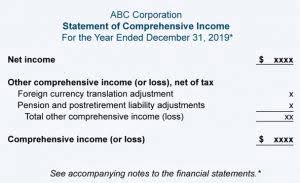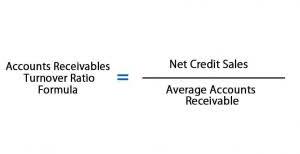
Temporary accounts are closed or zero-ed out so that their balances don’t get mixed up with those of the next year. This time period, called the accounting period, usually reflects one fiscal year. However, your business is also free to handle closing entries monthly, quarterly, or every six months. Only incomestatement accounts help us summarize income, so only incomestatement accounts should go into income summary. The next day, January 1, 2019, you get ready for work, butbefore you Bookkeeping for Etsy Sellers go to the office, you decide to review your financialsfor 2019.
Ensuring Consistency: The Chain Effect from One Period to the Next
In contrast, temporary accounts capture transactions and activities for a specific period and require resetting to zero with closing entries. Let’s look at a practical example involving accrual accounting and closing entries. This includes all revenue and expense accounts with the year’s financial activities. The permanent account to which the balances of all temporary accounts are closed is the retained earnings account in the case of a company and the owner’s capital account in the case closing entries of a sole proprietorship. The purpose of closing entries is to prepare the temporary accounts for the next accounting period.

Classified Balance Sheet – Example, Definition, Template

Adhering to this order – adjusting then closing – ensures your financial narratives don’t become tangled and that every period’s reporting is as crisp as a freshly printed playbill. Every company will have its own unique closing procedure depending on the type of business it is, and many companies have complicated closings that require the effort of several accountants. Also, companies that happen to use subledgers usually close them out each period before they can close out the general ledger, which can add more time to the process. Once the post-closing trial balance is completed, the accounting cycle begins again. When an owner takes Capital back out of the business through a drawing account, Capital decreases.
Analyzing the opening trial balance:
It involves summarizing the financial activities of the year, which aids in strategic planning and decision-making. Effective year-end closing procedures can also enhance the credibility of the financial information presented to investors and auditors. When you manage your accounting books by hand, you are Online Accounting responsible for a lot of nitty-gritty details. One of your responsibilities is creating closing entries at the end of each accounting period.

The balance for the income summary account is now the company’s income for the accounting period. Also, the expenses account is reset to zero and is now ready to record new expense entries. The retained earnings account plays a pivotal role in the closing process.
- This reflects the reduction in retained earnings due to distributions to shareholders by debiting retained earnings.
- The total expenses are calculated and transferred to the income summary account.
- A closing entry is a journal entry that’s made at the end of the accounting period that a business elects to use.
- They move the totals from temporary accounts like sales, expenses, and dividends to permanent ones like retained earnings.
- Temporary accounts can either be closed directly to the retained earnings account or to an intermediate account called the income summary account.

